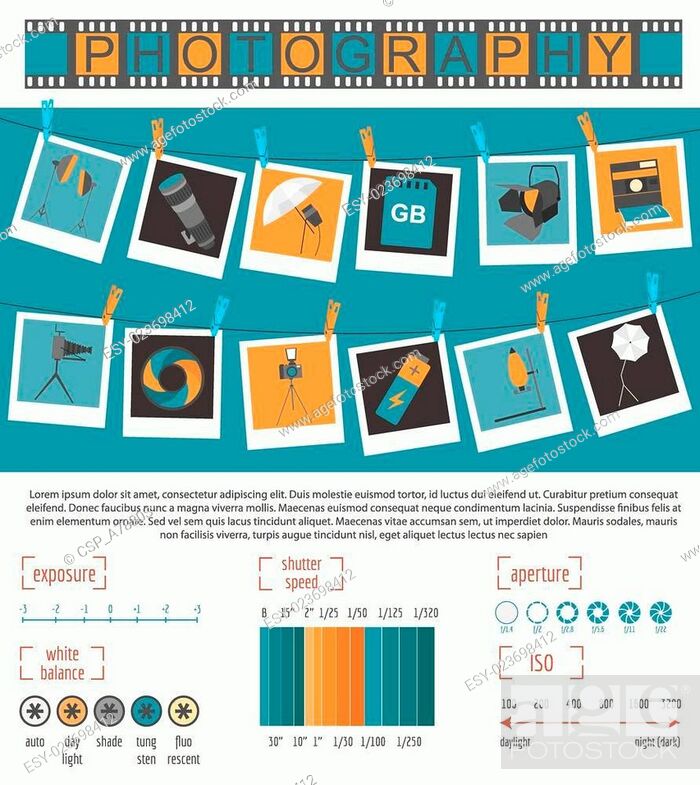Change Your Photography By Grasping Lights Techniques That Can Boost Your Images-- Find The Common Challenges That Could Be Holding You Back
Change Your Photography By Grasping Lights Techniques That Can Boost Your Images-- Find The Common Challenges That Could Be Holding You Back
Blog Article
Material Create By-Greenwood Heath
As a photographer, you recognize that lights can make or damage your photos. Recognizing the subtleties of both all-natural and man-made light is necessary for capturing the mood and clarity you aim for in your job. Whether you're chasing after the perfect golden hour radiance or tweak your synthetic setups, mastering these aspects can boost your digital photography significantly. But there are common mistakes that lots of overlook, and acknowledging them can change your technique to every shoot. Let's explore what you might be missing out on and how it can impact your results.
Understanding Natural Light
Recognizing all-natural light is important for any kind of digital photographer wanting to enhance their job. It's the structure of wonderful photography, influencing mood, tone, and quality. When you fire outdoors, pay attention to the time of day. Learn More Here -- soon after sunup and before sundown-- uses soft, warm light that can transform normal scenes into spectacular images.
Do not underestimate https://www.liveinternet.ru/users/michelsen_broberg/post509020613 of cloudy days. Cloud cover diffuses sunshine, producing a soft, even light that's ideal for pictures and macro photography. You'll discover colors appear this kind of illumination without rough shadows.
Positioning issues, also. Always consider your subject's positioning to the light. If the sunlight's behind your subject, you may wind up with a silhouette, which can be dramatic yet mightn't be what you desire. Conversely, direct sunlight can create unflattering darkness.
Explore angles; sometimes, transforming your point of view can generate impressive outcomes. Usage natural reflectors, like water or sand, to jump light onto your topic, adding dimension.
Mastering Artificial Light
Grasping artificial light is essential for digital photographers who intend to take their skills to the next degree. Whether you're utilizing speedlights, studio strobes, or constant lights, recognizing exactly how to manipulate these sources can considerably enhance your photos.
Start by acquainting yourself with the fundamentals of light high quality, direction, and color temperature. https://telegra.ph/Common-Blunders-New-Photographers-Make-And-Just-How-To-Stay-Clear-Of-Them-01-07 with various modifiers like softboxes, umbrellas, or grids to control the softness or harshness of the light.
You'll locate that soft light typically develops complementary results, while harsher light can include drama and deepness. Do not shy away from shadows; they can enhance the three-dimensionality of your topics.
Pay very close attention to the positioning of your lights. A light located too near to your subject can produce uncomplimentary results, while too far away can lead to a lack of information. Utilize a light meter or your video camera's histogram to ensure you're exposing properly.
Lastly, remember that artificial light can be blended with ambient light for imaginative results. Stabilizing these resources could take practice, once you grasp it, your photography will really shine.
Strategies for Various Situations
When you enter various shooting circumstances, adjusting your lighting methods is crucial for catching the very best photos. For outdoor portraits, utilize the gold hour-- early morning or late afternoon light-- to soften shadows and boost complexion.
If it's a rough lunchtime sun, take into consideration using a reflector to bounce light back onto your topic or look for shaded areas for a much more also exposure.
In low-light scenarios, like interior occasions, raise your ISO and use a broad aperture to let in more light. A tripod can aid get rid of cam shake, enabling longer exposures without obscuring.
If you're shooting at evening, explore off-camera flash to produce dynamic illumination and deepness in your photos.
For product digital photography, make use of diffused lighting to prevent extreme representations. Softboxes or light tents can aid achieve this impact.
When photographing landscapes, think about the instructions of light and time of day, as it can drastically alter the mood of your shot.
Always prepare to change your settings and positioning based upon the scenario, as flexibility is crucial to understanding lights in digital photography.
Verdict
Finally, grasping illumination is key to raising your photography skills. Accept natural light's beauty during gold hour, and do not shy away from explore man-made light methods. By adapting your strategy to different situations, you'll capture spectacular photos that reverberate with emotion and clarity. Remember, the right illumination can transform an average shot into something amazing, so keep exercising and refining your understanding of both all-natural and man-made light. Happy shooting!
